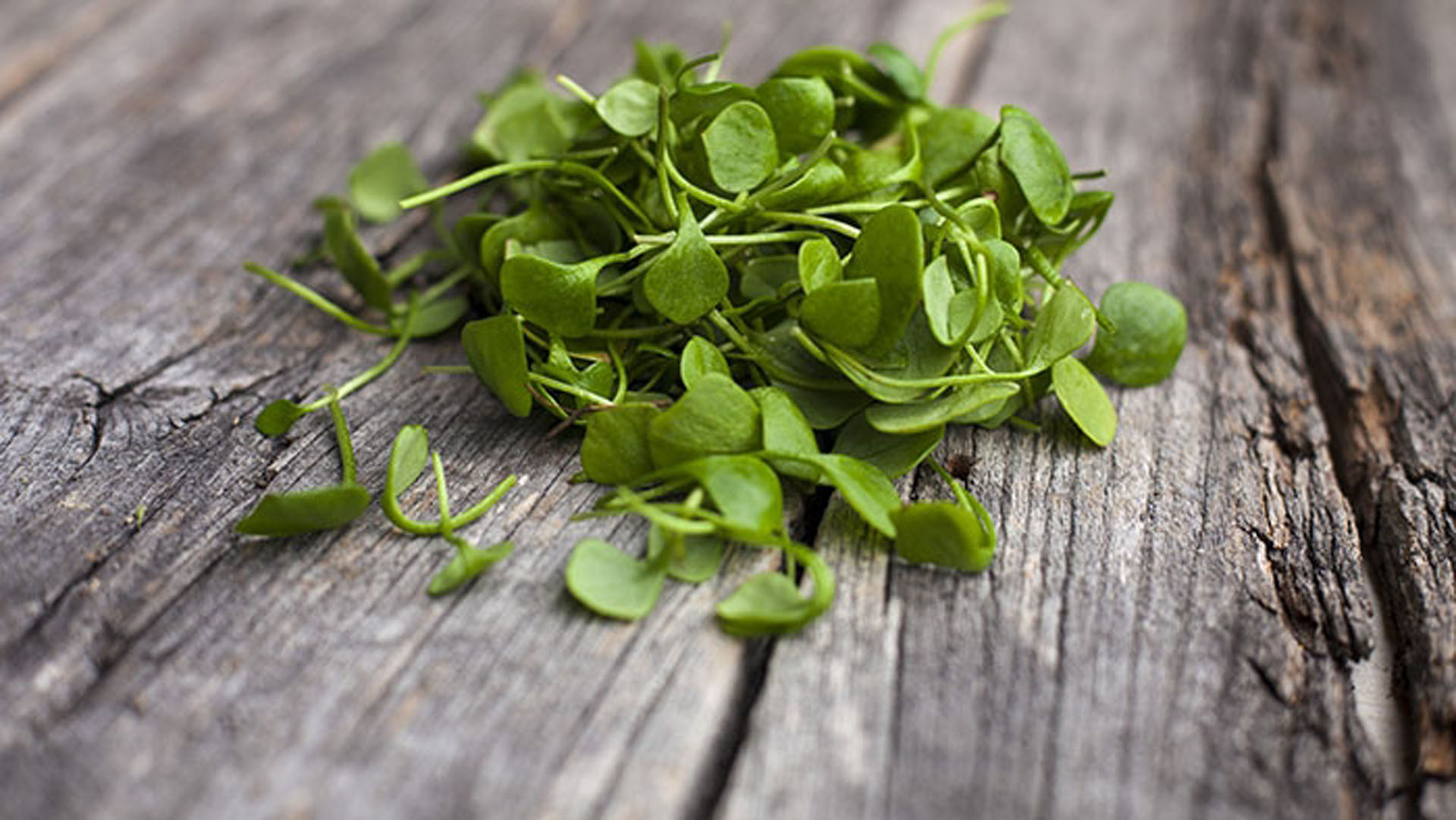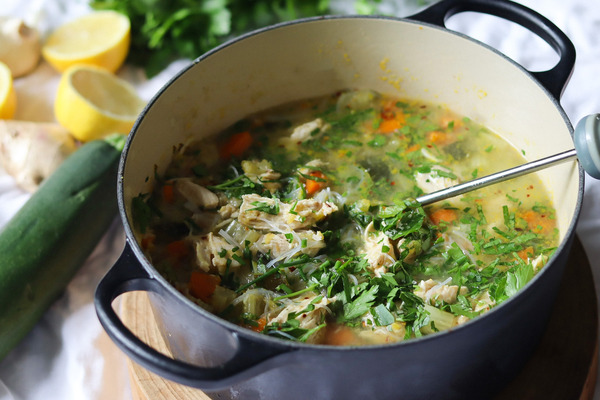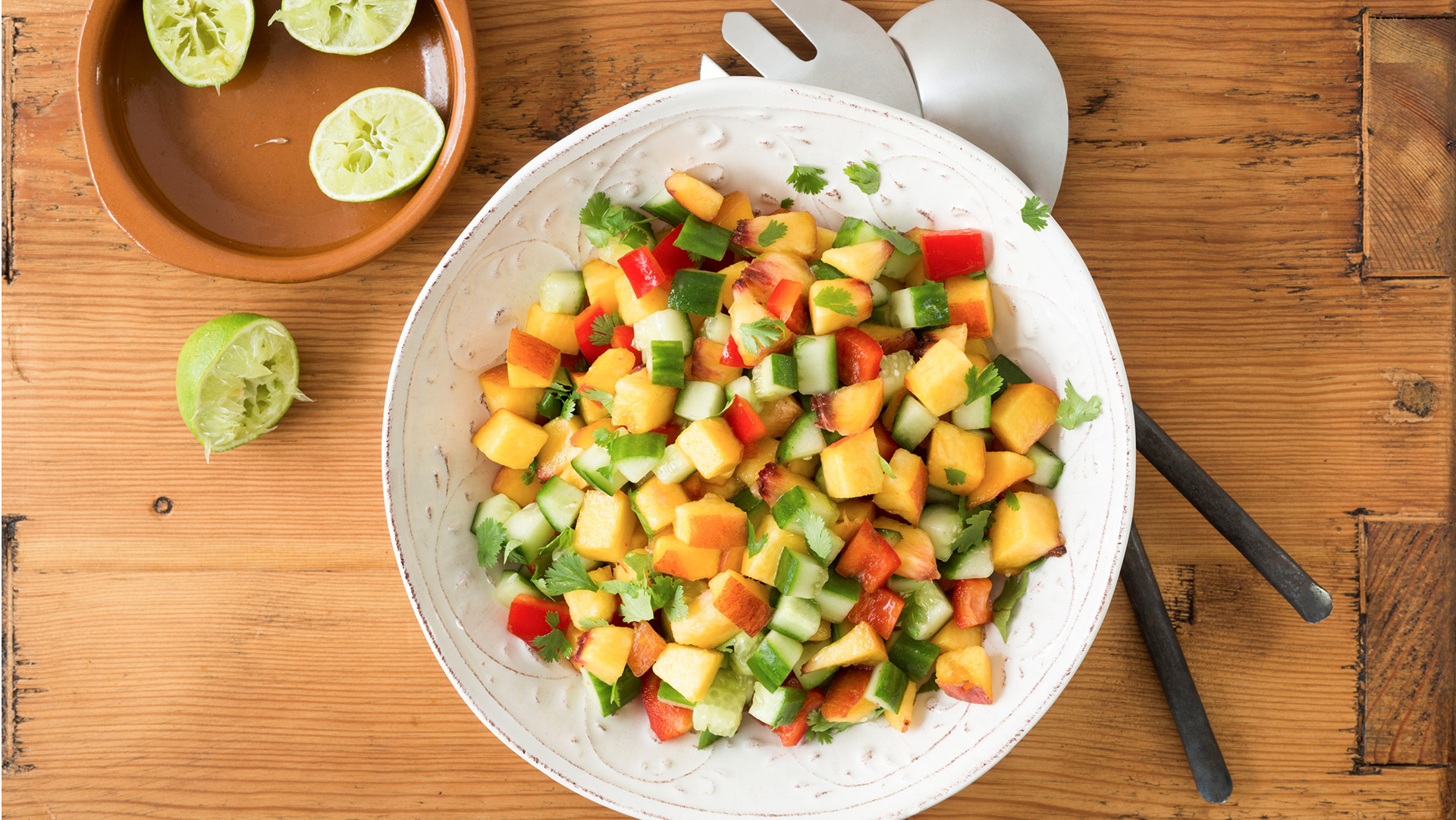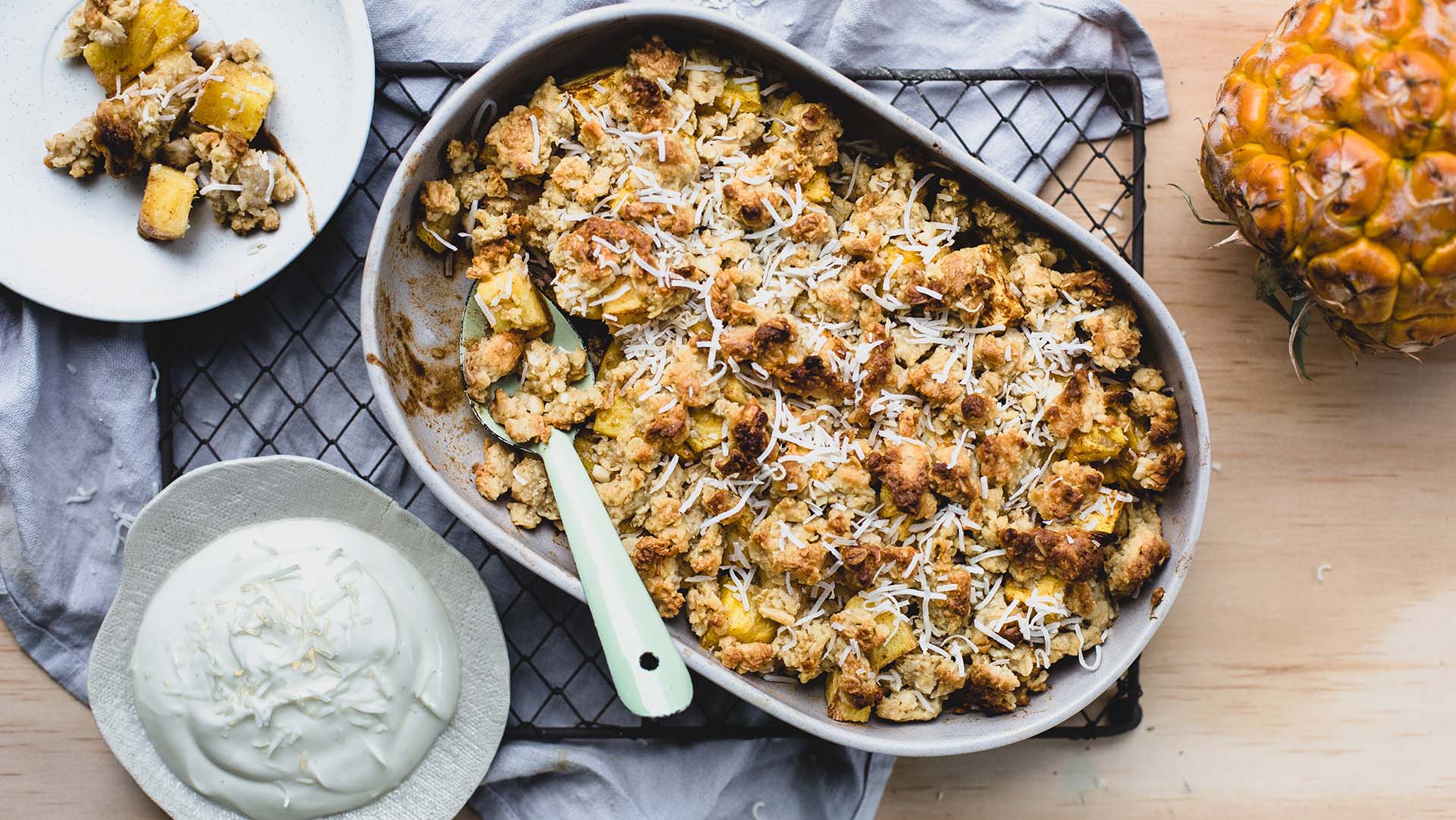-
Next time you’re making a leafy green salad, throw some watercress into the mix – a new scientific report puts the peppery-tasting green at the top of a list of nutrient dense fruits and vegetables.
To compile the list, which was published in the journal Preventing Chronic Disease, researchers from William Paterson University looked at the nutrient density of 41 “powerhouse” vegetables and fruits. These foods were chosen because they provide 10 per cent or more of the daily recommended intake across 17 critical nutrients, including potassium, fibre, protein, calcium, iron, thiamin, riboflavin, niacin, folate, zinc, and vitamins A, B6, B12, C, D, E, and K.
The nutrient density winners
Watercress was the winner with a nutrient density score of 100, followed by close relatives including Chinese cabbage, collard and mustard greens. The top fruits? Red pepper, followed by pumpkin, tomato and lemon.
"The scores can serve as a platform for educating people on the concept of nutrient density," said study author Jennifer Di Noia. "The rankings provide clarity on the nutrient quality of the different foods and may aid in the selection of more nutrient-dense items within the powerhouse group."
However, some other nutrient-dense foods such as berries and garlic may not have made the list because of the particular nutrient profiling that the study was based on, though in other nutrient density rankings they would rate highly, as Professor Di Noia acknowledged.
Top powerhouse fruit and vegetables, according to nutrient density score
1. Watercress 100.00
2. Chinese cabbage 91.99
3. Chard 89.27
4. Beet green 87.08
5. Spinach 86.43
6. Chicory 73.36
7. Leaf lettuce 70.73
8. Parsley 65.59
9. Romaine lettuce 63.48
10. Collard green 62.49
11. Turnip green 62.12
12. Mustard green 61.39
13. Endive 60.44
14. Chive 54.80
15. Kale 49.07
16. Dandelion green 46.34
17. Red pepper 41.26
18. Arugula 37.65
19. Broccoli 34.89
20. Pumpkin 33.82
21. Brussels sprout 32.23
22. Scallion 27.35
23. Kohlrabi 25.92
24. Cauliflower 25.13
25. Cabbage 24.51
26. Carrot 22.60
27. Tomato 20.37
28. Lemon 18.72
29. Iceberg lettuce 18.28
30. Strawberry 17.59
31. Radish 16.91
32. Winter squash (all varieties) 13.89
33. Orange 12.91
34. Lime 12.23
35. Grapefruit (pink and red) 11.64
36. Rutabaga 11.58
37. Turnip 11.43
38. Blackberry 11.39
39. Leek 10.69
40. Sweet potato 10.51
41. Grapefruit (white) 10.47Source: Di Noia J. Defining Powerhouse Fruits and Vegetables: A Nutrient Density Approach. Prev Chronic Dis 2014;11:130390.
Top nutrient-dense fruits and vegetables

-
Is sharing a meal the secret ingredient to a happier life?
Why social connection may be the most important ingredient on your plate.
-
Chicken soup with parmesan, rice, peas and lemon recipe
Nourishing chicken soup
-
The best immunity-boosting foods
Key nutrients to focus on that could help to boost your immunity, and the how to get them.
-
Comforting chicken noodle soup
Packed with anti-inflammatory ingredients including leek, garlic and ginger, this chicken noodle soup is hearty, full of goodness and great for any night of the week.
-
Peach salsa recipe
Zesty and unusual peach salsa recipe
-
Pineapple gingerbread crumble recipe
A summer riff on a winter classic.
Subscribe to receive the best from Live Better every week. Healthy recipes, exercise tips and activities, offers and promotions – everything to help you eat, move and feel better.
By clicking sign up I understand and agree to Medibank's privacy policy






